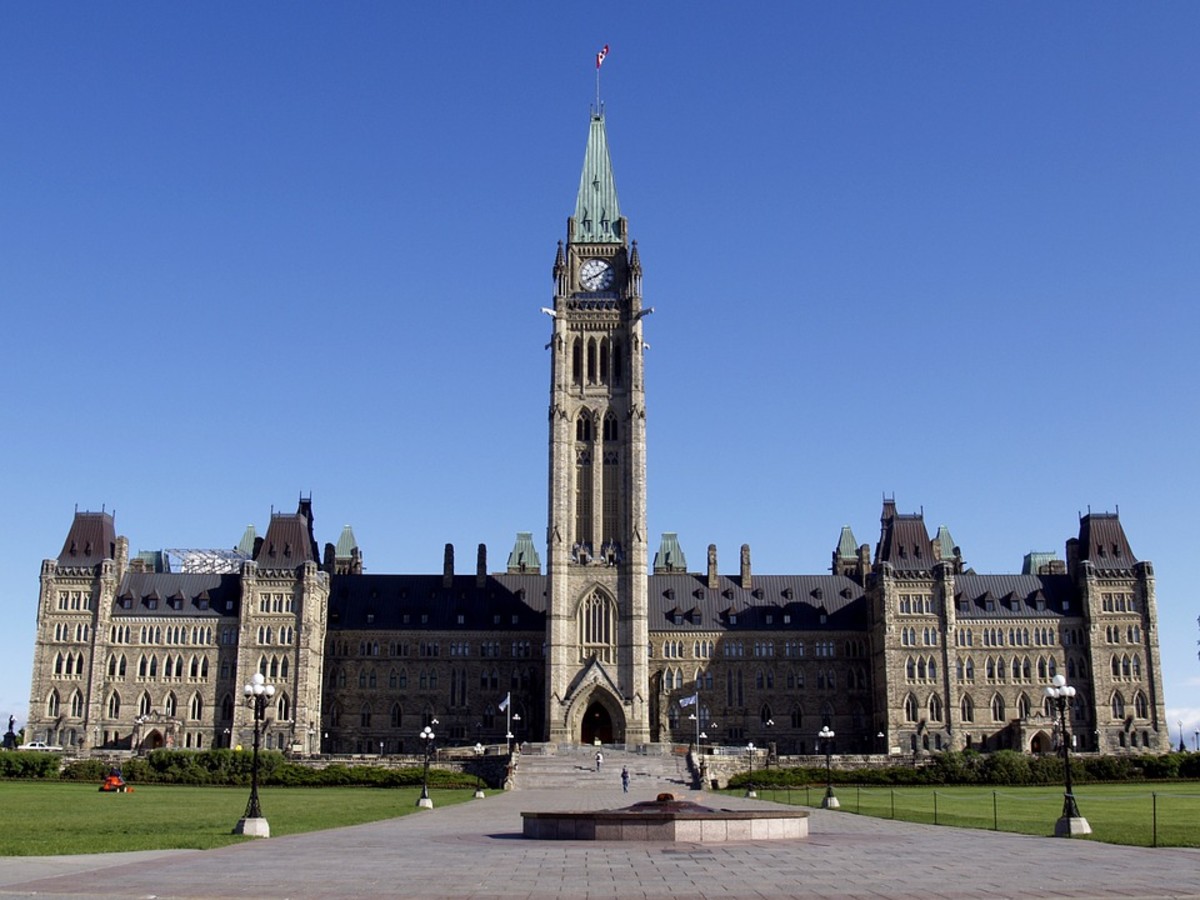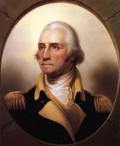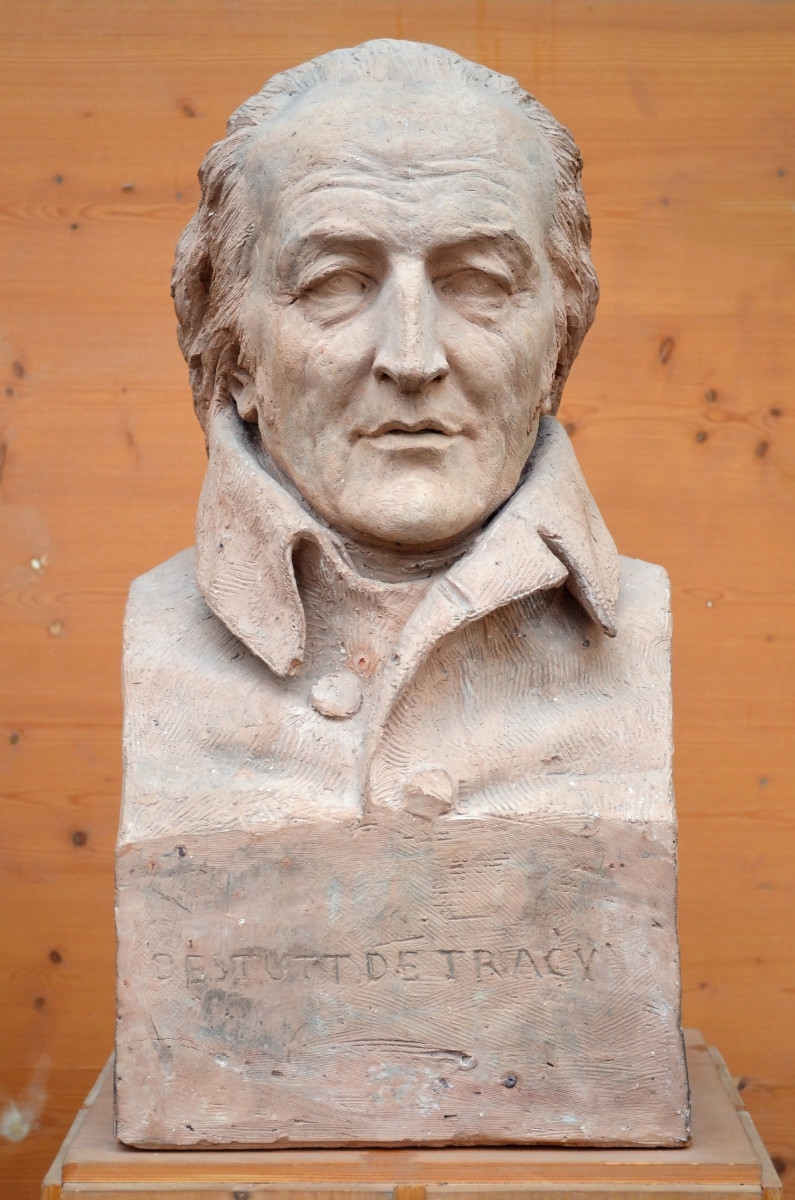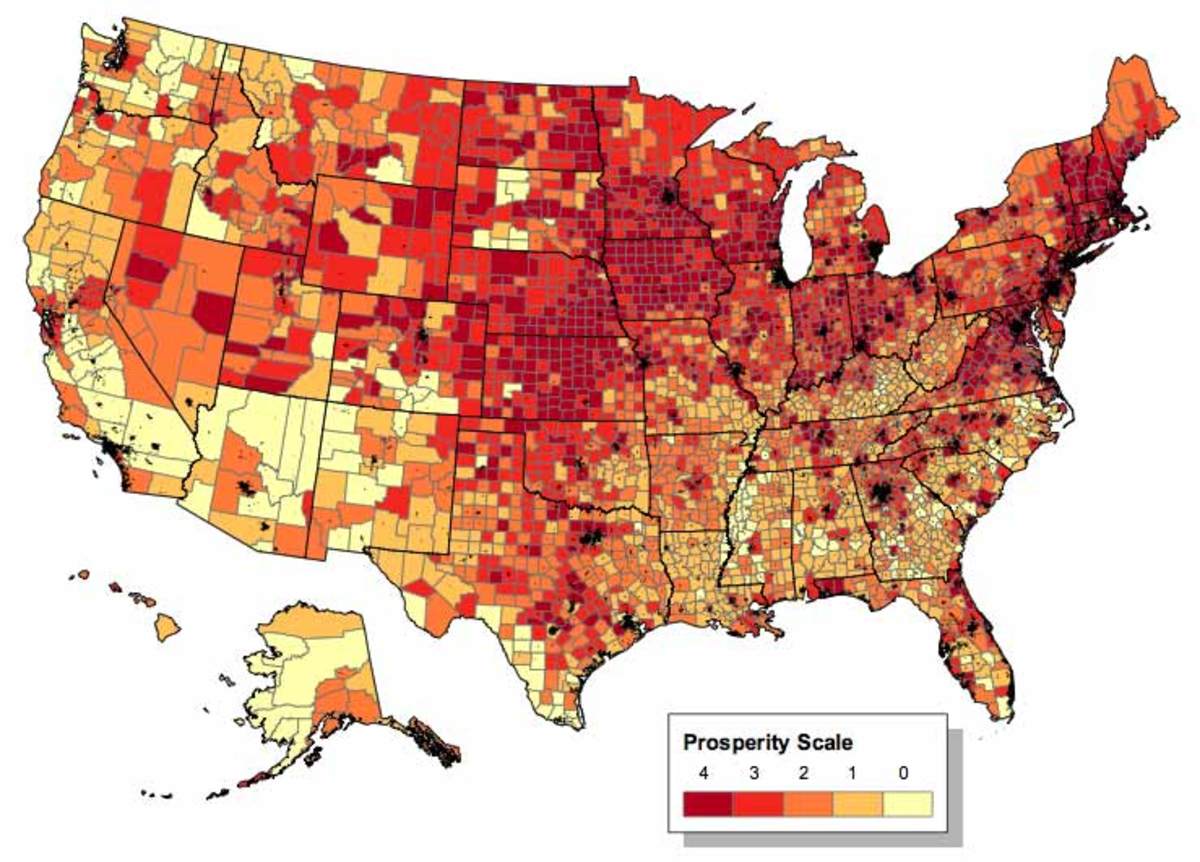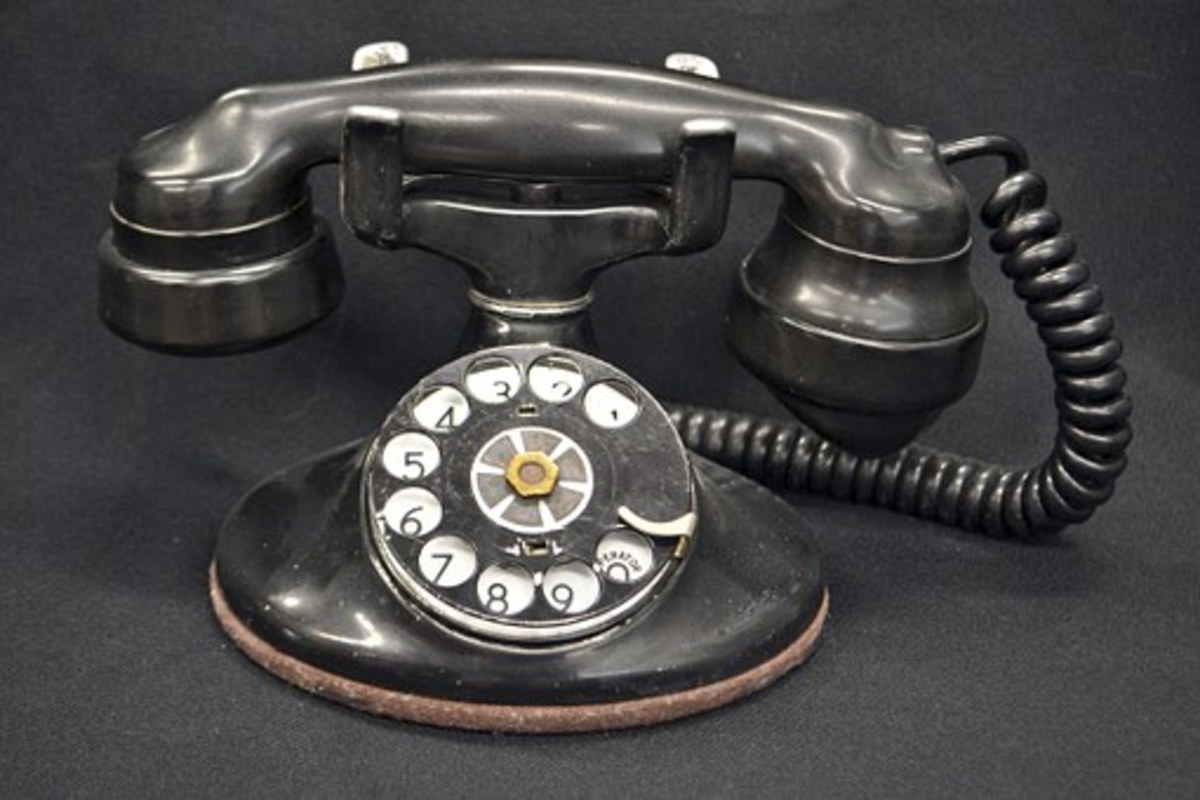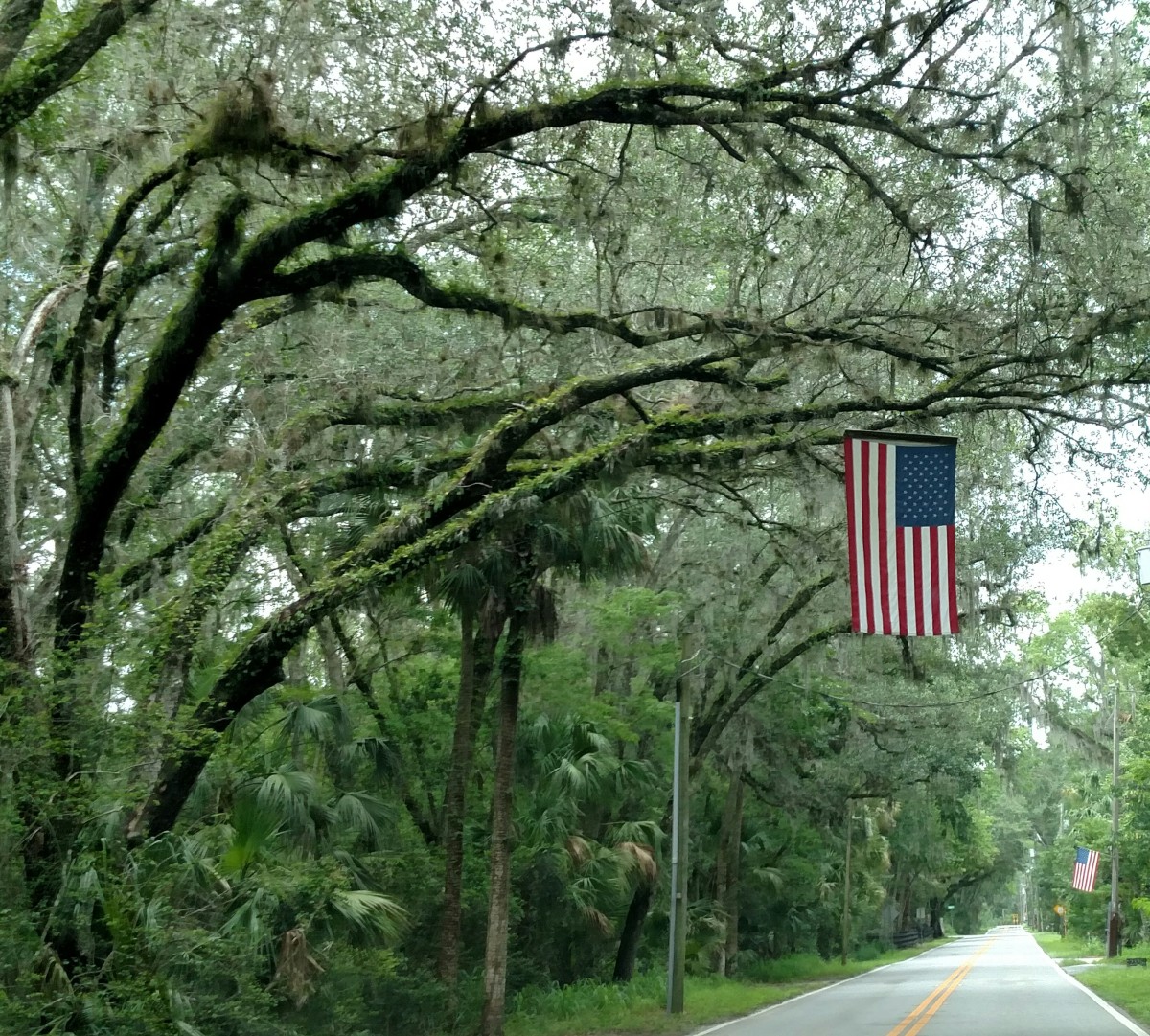Modern Day Liberalism and Conservatism

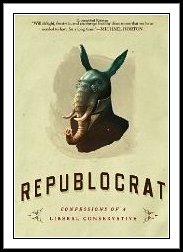
The Two Party System
Winston Churchill said a century ago "A man at 20 who is not liberal has no heart. But that man at 40 who is not conservative has no brain." Although there may be some truth in what he said it’s important to know the founding fathers of the United States actually opposed a two party system. Today, we see they were more than justified.
In the last few decades, the rise of extremism between liberals and conservatives has regulated politics to practically mere mudslinging. A true democracy can only function properly when truth and civility are preserved. Of course, disagreements are to be expected, but the trench warfare existing today is against everything true Americans believe in.
Liberals have been portrayed as bleeding hearts who only tax and spend. Conservatives have been accused of bigotry and being in cahoots with big business. Americans have become weary of both parties. Because of their bickering, the real definitions of conservative and liberal have become distorted. Corruption, found on both sides, has demolished public confidence. However, neither party can claim a moral high-ground because they approach problems from a partisan stand point. A one sided view.
Basically, its’ been said conservatism is a political ideology placing value on learning from tried and true past solutions. Conservatives are traditionalists and resist change. Approximately 43% of Americans claim to be conservative. But this figure is misleading. Conservatism is divided into many disparate parts such as cultural, social and economic classes. These classes are different from one another, having some overlapping issues.

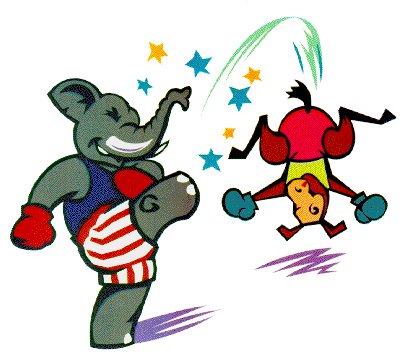
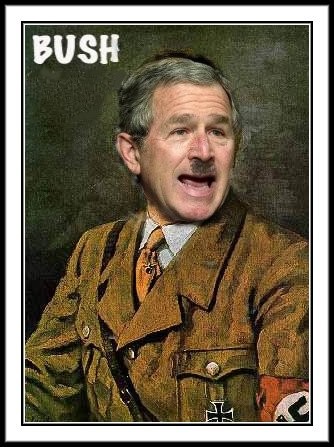
Modern Conservatism
Many feel modern conservatism was born as a reaction to Franklin Roosevelt's New Deal and presidential power during World War II. There were radical changes that shocked traditionalists. Liberals defended these changes as a necessary response to the Great Depression and Nazism. In 1940, 60% of Americans were beneath the poverty level. 50% of men who enlisted during World War II were rejected due to lack of fitness. Many had never seen a doctor. Today, these facts have been largely forgotten. Only the radical nature of the programs remains.
Liberalism is much harder to definebut it actually has a long history, reflecting Western concepts rooted in ancient Greece and Rome. America's War of Independence and Constitution were a result. The founders were idealists who put great value on human rights they considered self-evident.
Religious freedom, capitalism, human rights, and a government with checks and balances, were drastic ideas at the time, all combined under the concept of "liberal democracy."

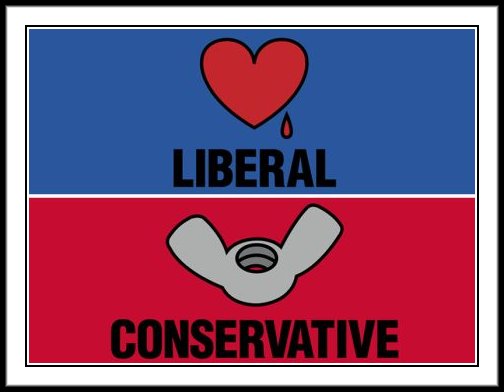
Conservative Moral Values
One could say conservative’s gets their identity by rejecting anything considered liberal. Because without an enemy conservative politics would wouldn’t have any organizing principle. It’s no secret conservatives blame liberalism for everything…and vice versa. Perhaps, what unifies the vast majority of conservatives is the belief there are moral standards in the world and living up to them is the best way to have a full and happy life.
America's founders were revolutionaries. They demanded separation of church and state. It was a good way of preventing religious wars such as those which had plagued Europe for centuries. At the same time they were initiating guarantees of basic human rights.
Liberalism, in its’ purest form, pursues reform and creativity based on human rights. On the other hand conservatism, applied properly, follows a more guarded approach, desiring to preserve tried and true methods of the past, thereby keeping liberalism to a slower, more prudent pace.
The term liberal, in Greek, refers to free men, as opposed to slaves. In the beginning liberals were the partisans of liberty. The American founders were committed to three kinds of freedom: economic, political, and speech and religion. In the classical form, freedom meant limiting the power of government. This was clearly seen in the Bill of Rights: "Congress shall make no law..."
Then classical liberalism underwent two significant changes during the last century…the revolution of the1930’s, and 60’s. The revolution of the 1930’s, was based on the concept rights are not meaningful unless citizens have means to exercise them. As President Roosevelt contended, people who lack life's necessities are not free. Roosevelt believed to give citizens true liberty the government should protect them against deprivation. Thereby a new understanding of freedom evolved into a vastly greater role for government than the American founders intended.
American conservatism was unique because America was a revolutionary nation. The ancient regime was a world left behind in Europe. Ours is a country founded by a few fearless patriots deciding to establish a "new order for the ages." Ironically, American conservatism means conserving a type of liberalism. It means upholding the classical liberalism of the founding fathers from assault by liberalism of a different sort, such as its’ modern day form.
Many ideals liberalism created are now traditions conservatives safeguard, for example, The Declaration of Independence, Constitution, and Bill of Rights. Ideally, together, a system of checks and balances between the two political parties would be formed. This would become known as bipartisanship where a combined effort between both parties, result in a change beneficial for all.
However, a dark side to this approach has emerged in recent years. Now, the primary goal of each party seems to be to increase its’ own power by increasing the number of its representatives, thus, its influence. A majority of representatives on one side can easily ram through its agenda, completely ignoring the other.
Statistics show our country is almost equally divided between the two parties. This means those who gain dominance represent only slightly more than half the people. A one or two percentage point margin can’t be realistically interpreted as a majority. Most voters, despite party affiliation, are not radical extremists. Most vote in support of their party, regardless of the issues involved.
Isn’t it time we choose to vote according to the worth of an issue or candidate values, rather than party affiliation?



